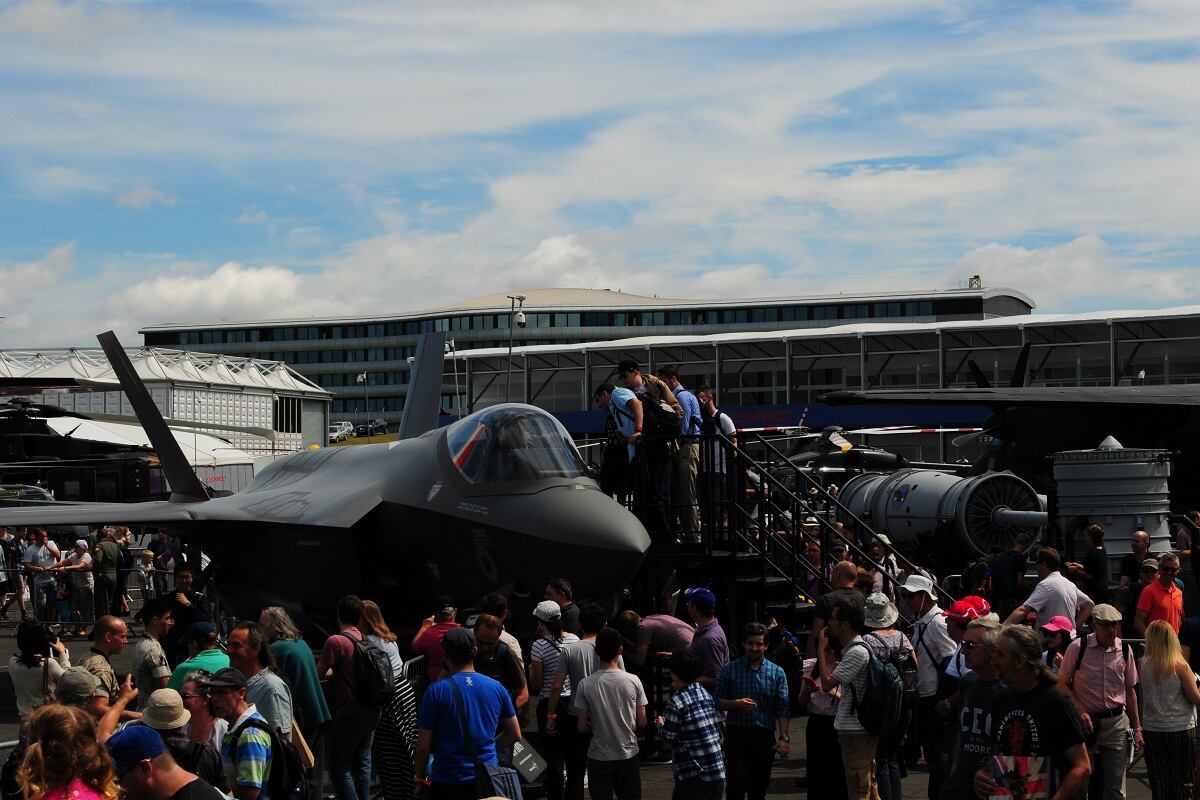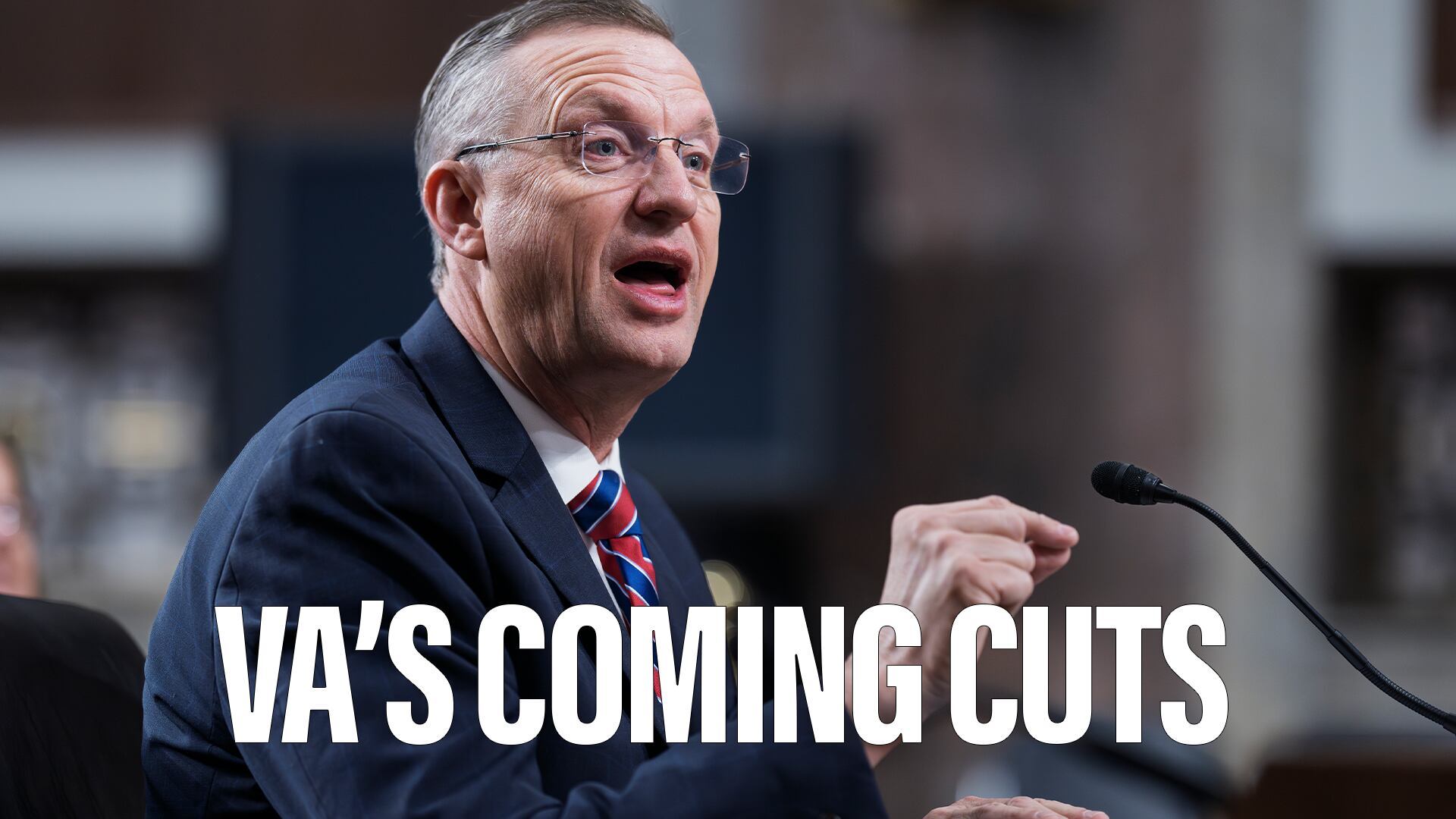Air Force International Affairs — known as SAF/IA, the acronym for secretary of the Air Force, international affairs — is a unique organization, essential to building relationships between the U.S. Air Force and partner air forces and the interoperability that enables them to fly and fight together to achieve victory. While SAF/IA oversees and coordinates foreign military sales — as well as direct commercial sales, by the way — of relevant aerospace platforms and systems, the organization also has important responsibilities in orchestrating cooperative armaments development programs with our partners. (Does anyone think that we, the U.S., have a lock on all good ideas and beneficial technologies?)
SAF/IA is responsible for technology transfer and export control activities of the Air Force, for training of our international partners, for programs of professional development of our airmen — officer, enlisted and civilian — in political, military and foreign affairs, and, not to be overlooked, the management of the Air Force attache program, to ensure that our attaches — our full-time, on-the-ground airmen in capitals around the world — are qualified and ably carry out their mission. All of this is — and must be — guided by a sound understanding of strategy and policy, ultimately derived by the strategy and policy set by the administration, including the president and the secretaries of defense and state.
As the deputy undersecretary of the Air Force (SAF/IA) from 2003-2010, I have some relevant perspective and knowledge of this. When I was selected to be the next leader of Air Force International Affairs, following careers as a naval officer and international negotiator, the secretary of the Air Force, Dr. James Roche, a very wise man, told me that he thought that SAF/IA had become too FMS-centric and had drifted away from its policy roots. The secretary gave me a charter to transform SAF/IA. And we did just that.
RELATED

We undertook a sweeping, collaborative transformation, shifting the emphasis in the organization from “selling things” to “relationship building.” (My experience in the private sector had taught me that people will do business with you if they know you, like you and trust you.)
Flying the same airplane or operating the same system became recognized as the centerpiece of the relationship. We preached and we fervently believed that interoperability is about training together, flying together and operating together, such that, should it be appropriate, we can fly and fight together as one to achieve victory against common enemies.
To ensure that we were in sync with and guided by U.S. policy, we formed a Strategy and Policy Division, and I received authority from Air Force leadership to create a billet for a brigadier general and later a member of the Senior Executive Service to lead the division. (This position was eliminated, regrettably, after my retirement.)
Working with other organizations on the Air Staff, with representatives of the Office of the Secretary of Defense (OSD), the relevant regional combatant commanders and Air Force major commanders, as well as the other military departments, we developed the first U.S. Air Force Security Cooperation Strategy, that was approved and signed by the secretary and the chief of staff of the Air Force. This document was later replaced by a similar Air Force Global Partnership Strategy, so named in recognition of the tact taken by OSD. Both of these planning guides contained provisions for periodic updates to ensure they best reflected current policies and priorities.
The transformation of SAF/IA continued throughout my tenure, for transformation is really about being — and staying — relevant, and once you start, you cannot/should not stop. While I traveled less than others did when in my position, as I felt that I needed to be present to lead the organization in our transformational mission, when I — or others in SAF/IA, as well as the Air Force senior leadership — did travel, we ensured that we were fully briefed on current U.S. policies and objectives applicable to the region and country. Our success in contributing to the achievement of U.S. national security objectives was recognized by the Air Force leadership and by many others across the government.
While perspectives, polices and objectives change with time and circumstances, the value of a policy and strategically based Air Force International Affairs team has not and should not. However, and unfortunately, as we have learned, including most recently via an article in Defense News by Valerie Insinna reporting the discussion with my successor as SAF/IA, Heidi Grant — a friend and longtime colleague, whom I had recommended for this position — in her roundtable with reporters, prior to her transfer to another position, the Air Force is “considering stripping out the strategy functions of its international affairs office … and transferring them to A5.”
Ms. Grant stated: “I see it as a minimal impact, and my hope is that it’s going to make [the international affairs office] stronger with that change.”
Really?
Equally disturbing, at least to me, is the reporting in the article that “Grant acknowledged that when she started out at the SAF/IA job, there wasn’t a strategy that guided what the office was trying to accomplish.” So, the aforementioned Air Force Global Partnership Strategy, along with the mechanisms for periodic updates, complemented by the continuing and important communications with SAF/IA’s direct representatives on the ground — the air attaches — as well as the combatant commands, OSD, the State Department, etc., did not provide strategy and guidance??
If for no other reason or basis, this certainly demonstrates the need for retaining — or perhaps resurrecting — a robust and rigorous strategy and policy function within SAF/IA, and I urge that it be not only retained, but strengthened.
Clearly, new leaders and new administrations have and are entitled to have differing perspectives and policies and to implement them to achieve national objectives. However, I caution that making the sales of armaments and the increase thereof the sole raison d’etre for a military department’s international affairs organization is a significant misstep.
Transfers of U.S.-origin military equipment to our foreign partners is a proven means of achieving our nation’s objectives, including strengthened military-to-military relationships, interoperability and the willingness to join with us against common enemies — and, as an expeditionary Air Force, assuring us of access. To be fully successful, this function must be guided by sound strategy and policy.
Bruce Lemkin served as deputy undersecretary of the U.S. Air Force (international affairs) from 2003-2010. He is a retired U.S. Navy captain.








